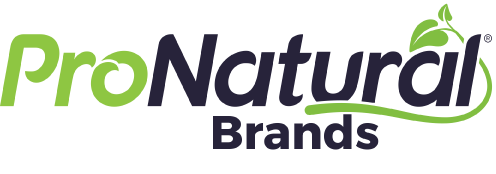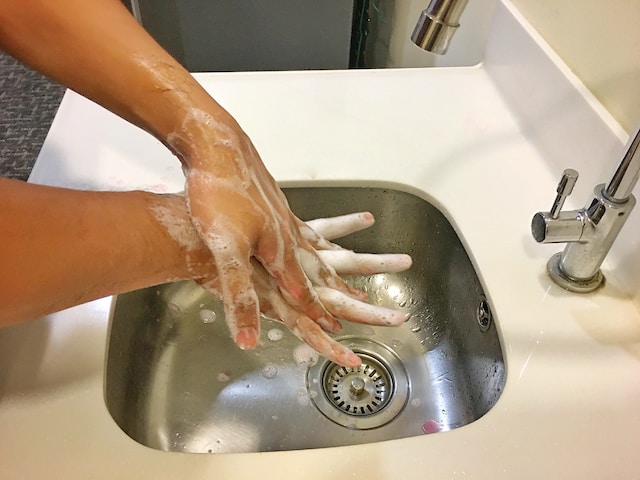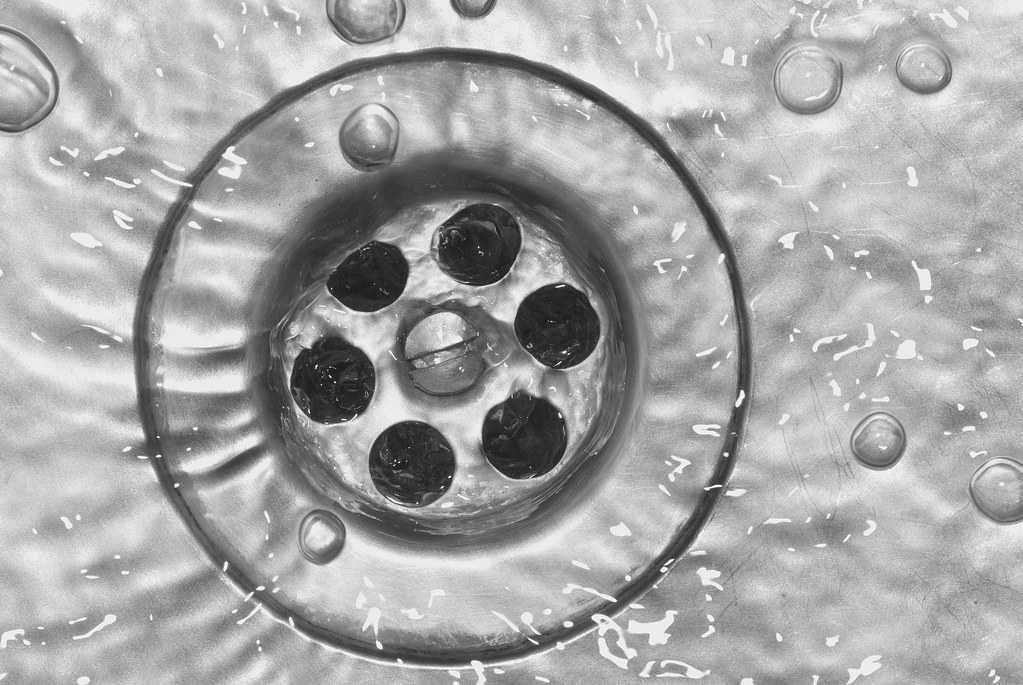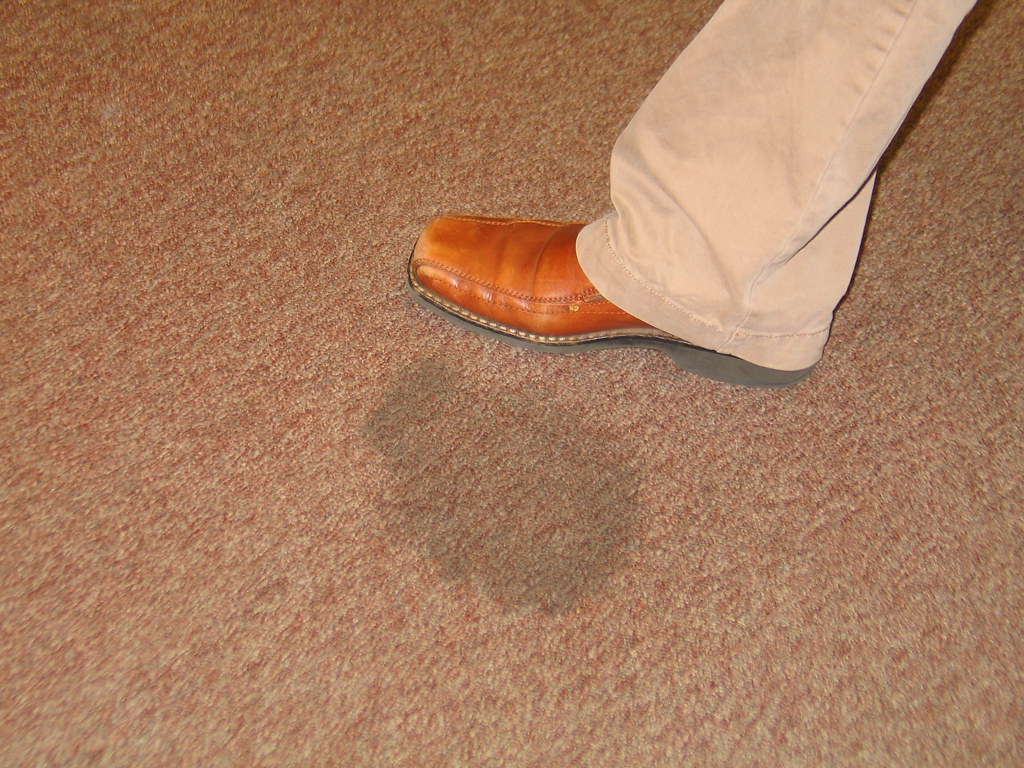In one form or another, disinfectants have been used for eliminating pathogens on surfaces since ancient times. They were often discovered by accident or by trial and error.
Over the centuries, scientists learned more about disinfectants, including how to manufacture them to be even more effective at eliminating (killing) germs, viruses, and bacteria on a wide range of surfaces. Needless to say, disinfectants have served us well. In fact, they have been lifesavers, helping protect the health of people and animals in all kinds of settings and situations.
However, with that said, we now know that these traditional disinfectants do have drawbacks.
One was recently pointed out in a long-term study published in the Journal of the American Medical Association (JAMA) in October 2018.
The study was conducted from 2009 to 2015 and involved more than 73,000 female nurses working in the U.S. in 14 different hospitals. The nurses were aged 25 to 44 years when the study began.
The researchers were investigating occupational exposure – the exposure to cleaning products and, more specifically, disinfectants – used in a hospital setting. The goal was to see if these cleaning and disinfecting solutions were negatively impacting their health.
According to the researchers:
The use of disinfectants is pervasive in a hospital setting. Nurses and other hospital staff are exposed to a wide range of cleaning products and disinfectants.
The most commonly used cleaning products and disinfectants in hospitals are glutaraldehyde, hypochlorite bleach, hydrogen peroxide, alcohol, quaternary ammonium compounds (widely known as quats), and enzymatic cleaners.
To conduct the study, researchers sent out questionnaires asking the nurses about their health. They were then asked to fill out the questionnaires again every two years. With each questionnaire, they were asked to list any illnesses, including emphysema or chronic bronchitis, which they may have been diagnosed with since the last questionnaire.
According to JAMA, the researchers reported the following:
Occupational exposure to cleaning products and disinfectants was significantly associated with a 25 percent to a 38 percent increased risk of developing chronic obstructive pulmonary disease (COPD), independent of asthma and smoking.
Just so we are all on the same page, let’s clarify this finding. Chronic obstructive pulmonary disease, or COPD, is a persistent inflammation of the lungs, negatively impacting the ability of a person to breathe properly. As of 2018, the American Lung Association reports nearly 160,000 people die of COPD each year.
Another item that may need clarification is this statement: “independent of asthma and smoking.” This means that nurses that developed respiratory problems on the job developed them because of the cleaning products and disinfectants used and not because they had asthma or smoked when the research was conducted.
Finally, the researchers concluded with the following:
Our findings provide further evidence of an adverse association between disinfectants and cleaning products and respiratory health. A large body of evidence already supports an association between these exposures and asthma; our additional findings of an association with COPD incidence urges the need for the development of exposure-reduction strategies that remain compatible with infection control.
As to exposure reduction strategies, what many medical and other types of facilities are now using are disinfectants made from citric acid. These products are made from fruits such as lemons and limes. Not only does this make them very sustainable, but they are very safe for the user and building users, as well as the environment.
Furthermore, they are effective. Some of these citric acid disinfectants have been evaluated and are now registered by the Environmental Protection Agency. This registration means that when used per the manufacturer’s directions, the disinfectant will kill or eliminate the pathogens as listed on the label.
Reasons like this are why we call citric acid cleaning solutions “The Power of Clean.” They are safe and effective, naturally.






